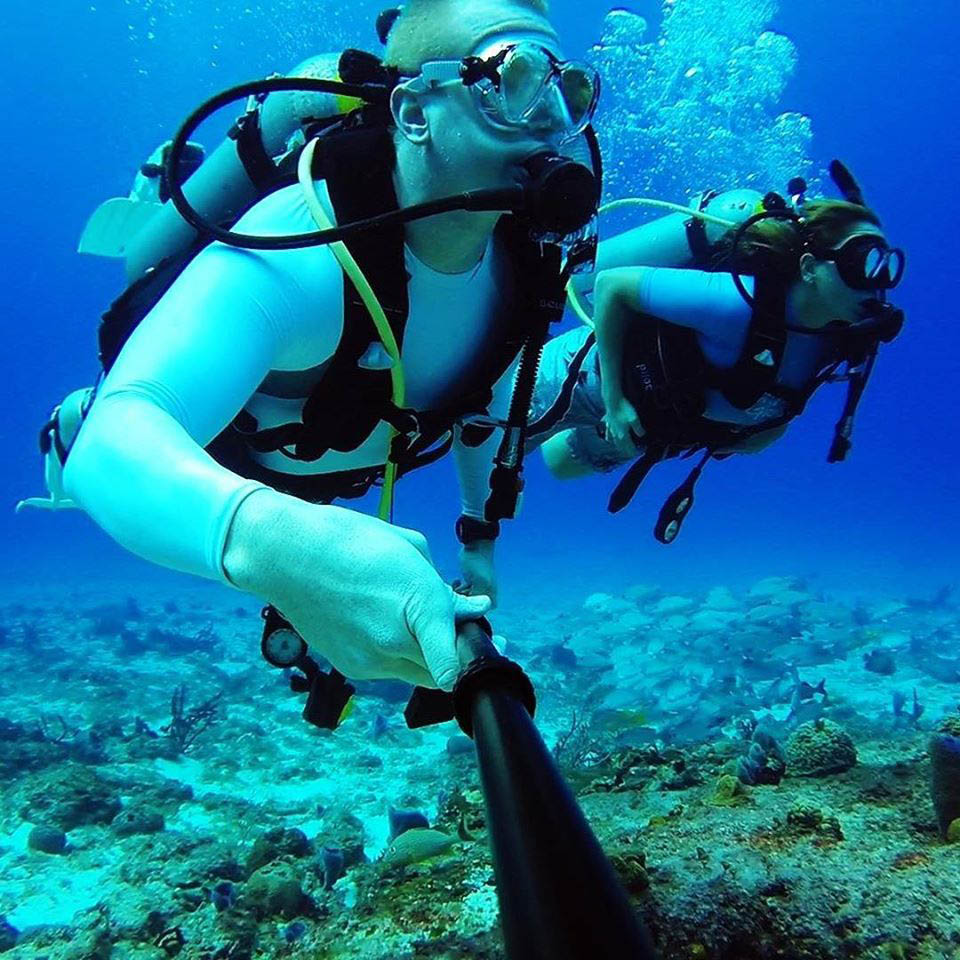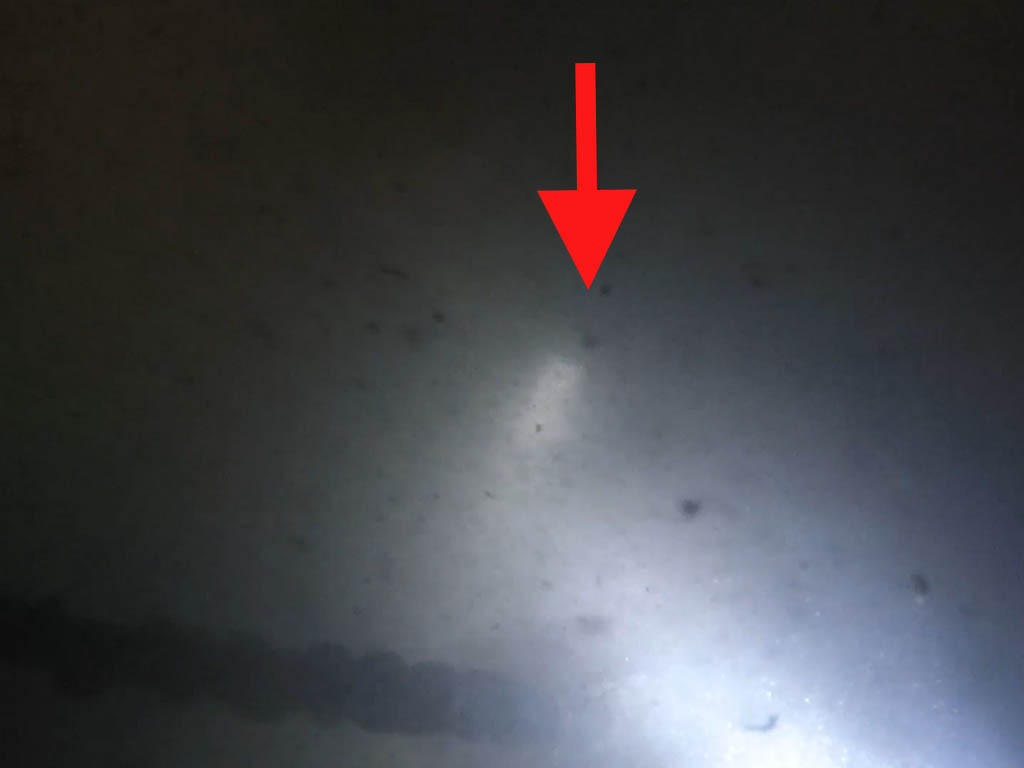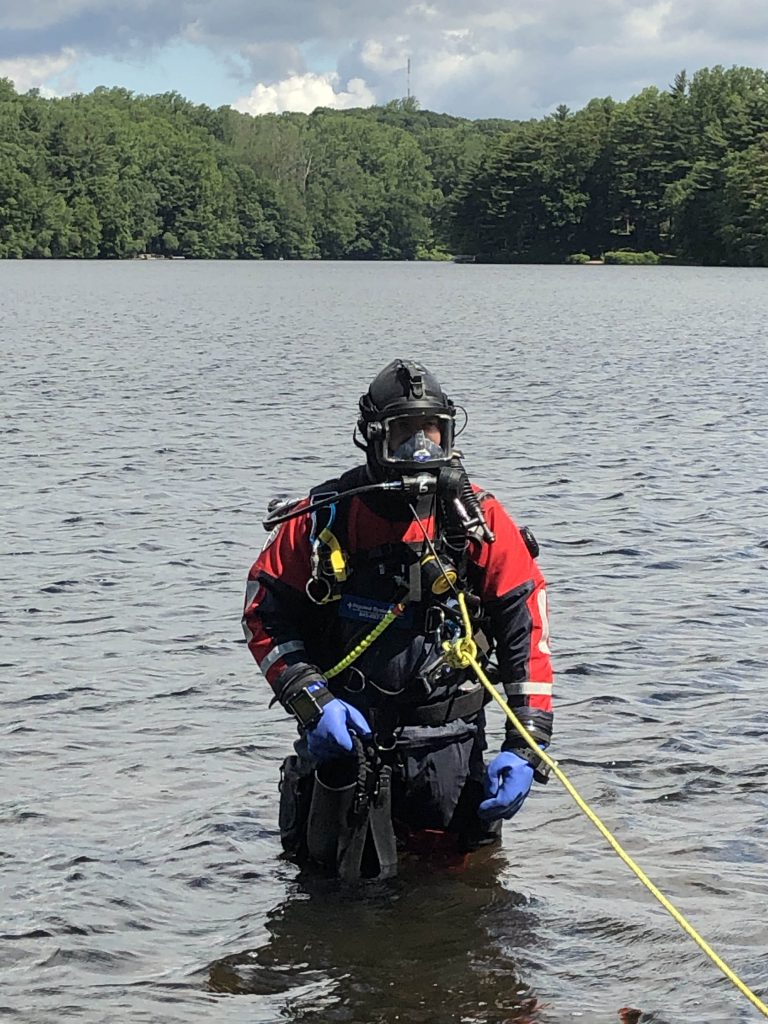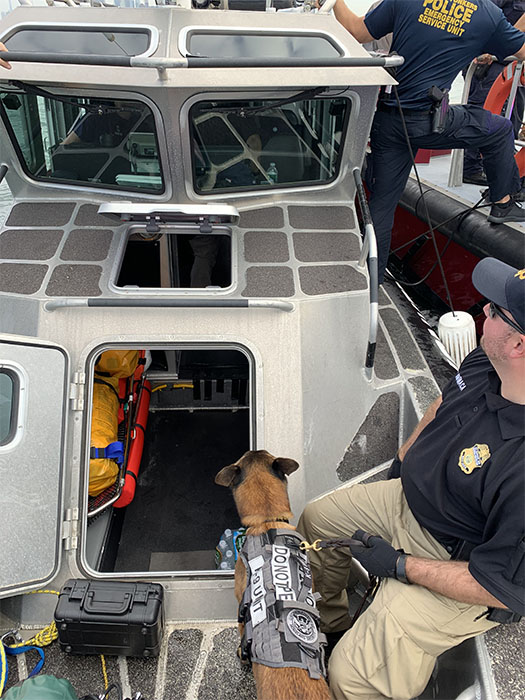Time and time again we see teams who feel that a basic open water certification is enough to perform the duties of a public safety diver. They feel that recreational training is enough to justify the diver as being competent in performing their job.
It’s time to address a painful truth: a recreational dive certification, or even multiple certifications, does not a public safety diver make.
Full disclosure, NePSD is a public safety dive training center. We offer a wide range of certification courses, to include Scuba Diving International (SDI) and Emergency Response Diving International (ERDI). All of our certification courses are taught by certified instructors who can issue certification cards for their respective agencies. So, It would seem we have a vested interest in ‘selling’ public safety dive certifications.
Far from it.
NePSD has a vested interest in the advancement of safe public safety diving practices, regardless of where the training takes place. The public safety diving community feels every single diver loss, and we should all be striving towards eliminating every tragedy through good training, equipment, SOPs/SOGs and standing our ground when the conditions do not warrant diving.
With that out of the way, what separates recreational diving from public safety diving?
- Let’s start where the rubber meets the road – the dive environment
- If the diving is awful, then why are public safety divers even in the water?
- The dope on a rope
- Public safety dive certifications tie this mission together with standards and procedures
- Recreational diving can take you many places but public safety diving just isn’t one of them
Let’s start where the rubber meets the road – the dive environment
Who doesn’t love diving in the Caribbean? 70’ of visibility, calm waters, gorgeous scenery and 75 degrees of water temp at 80 feet. Diver’s paradise.

The public safety dive environment is about as far in the other direction as one can get. Here in the northeast U.S. (home of NePSD), our primary public safety dive environment is cold year round, pitch black and full of entanglements and overhead hazards.
Many of our local rivers are choked with trash, broken glass, fish hooks, trees, even whole vehicles; and if that isn’t fun enough, many of them also have a deep layer of contaminated sediment on the bottom, courtesy of decades of manufacturing pollution. While dodging all those hazards, the dive team also has to contend with rapidly changing tidal conditions that can spawn 6+ knots of current in just a few minutes.
Lakes and reservoirs carry a far lower incidence of unexpected current and a much greater degree of sudden changes in depth and much colder water.
Outside of our area, and even in the best of conditions, public safety divers are entering the water for a purpose that generally involves something (or someone) being in the water when they shouldn’t be. This could be submerged vehicles leaking fluids, corpses at varying degrees of decomposition, or locating potentially dangerous evidence like firearms and knives.
In short, unless you’re a public safety diver (we’re all a little crazy), there is absolutely nothing appealing about these dive conditions and even with the proper gear, dives are a race against time before the conditions wear a diver down to the point of unsafe operations. We are there because we have to be there.
Recreational dive certifications, by virtue of their purpose, focus on safely bringing divers to places they want to be, under conditions they can endure comfortably, so they can enjoy their dive.

In short, unless you’re a public safety diver (we’re all a little crazy), there is absolutely nothing appealing about these dive conditions and even with the proper gear, dives are a race against time before the conditions wear a diver down to the point of unsafe operations. We are there because we have to be there.
Recreational dive certifications, by virtue of their purpose, focus on safely bringing divers to places they want to be, under conditions they can endure comfortably, so they can enjoy their dive.
If the diving is awful, then why are public safety divers even in the water?
Since we’re talking about why we’re in the water, let’s get back to the mission.
Public safety divers are entering the water to accomplish a specific task, be it locating something or someone, or recovering something or someone. Nearly all of these tasks involve items that are hazardous to divers, and yet those divers need to get very up-close and personal with these items.
Corpses in varying states of decomposition can excrete all manner of bodily fluids, and be in multiple pieces. Animal activity can further complicate the situation, and once you add in cold, dark water, the diver can be blindly groping their way through recovering pieces of a partially decomposed corpse.
There is no sugar-coating that mission; someone has to do it and there is nothing fun about it.
Recovering that body takes special skills not taught in the recreational realm, and for good reason. Remember, recreational divers are in the water for enjoyment.
The dope on a rope
How many recreational divers were trained to dive with a tether? Better yet, trained to go in agonizingly slow circles or arcs depending on the number of tugs on that tether?
The procedures of the public safety diver are generally ours alone, and we can hit them very succinctly here:
- We generally dive solo and tethered
- We almost always hug the bottom tightly
- In the event of obstructions, entanglements or problems we are trained to stop, assess the problem, and execute a solution on the spot
- We dive in all conditions when required. Rain, snow, ice, blistering hot day, middle of the night, etc. When needed, we respond.
- In the event that the primary diver becomes entangled/has a problem/needs help, a second/third/fourth diver is deployed as needed to assist with whatever that problem may be. We are trained to trust each other with our very lives, and we often do.

Public safety dive certifications tie this mission together with standards and procedures
So why can’t we just say “I have 1,000 tec dives, I can do this mission”?
Well, for the same reason a car commercial showing a sleek muscle car speeding through the streets has to have “professional driver on a closed course. Do not attempt” on the screen in small letters.
Lawyers.
Recognized Dive Standards
In today’s world of liability, one of the best ways to protect yourself, your team and your employer is to attain a recognized certification and dive to that standard. Programs such as the ones offered by ERDI are backed by industry-recognized dive procedures and practices, much the same way as other more risky industries.
In the event of a lawsuit against you, having the ability to testify that you were taught X, Y and Z procedure, by X certification agency, and you operated strictly within those standards, means a better defense against fault. More importantly, those standards are designed and vetted external to your agency, so the veracity and effectiveness of those procedures is not up to you to defend provided you were within the standards.
Similarly, if a public safety diver is injured or killed operating outside standards, the employing agency can face significant fines or even have their entire team shut down.
The best defense is to operate within the standards and procedures of an internationally-recognized dive certification agency. Anything short of that places team members, and their employing agency, at risk of substantial liability in the event of severe injuries or deaths.
The public safety diver’s role in legal proceedings
Public safety divers may find themselves intentionally, or inadvertently, in the position of having to testify in a court of law. More critical, these divers may have been operating under the mandate of collecting evidence in a criminal case and the manner that the evidence was recovered will inevitably come under intense legal scrutiny during the judicial process, mostly as a means of having critical evidence tossed out and preventing prosecution.
When recovering bodies underwater, for instance, public safety divers must be trained to properly preserve trace evidence in the event that the body was the result of a homicide. Failure to do so, or failing to do so in a legally acceptable manner, may result in the evidence being excluded at trial or being so contaminated as to be rendered forensically useless.
A critical piece of the public safety diver’s role in this process is being able to testify to the correct procedures in collecting evidence and how those procedures were followed in that particular case. For instance, the diver must be aware of, and follow, the proper chain of custody; marking, photographing and sketching of objects or bodies is crucial before physically manipulating the item; and packaging evidence securely in a container with the water the item was found in, among many others.
In order to effectively testify to this information, diver’s need to be able to demonstrate their knowledge of the procedures along with the certification to show they were trained in proper collection. This is the diver-equivalent of the difference between a forensic technician collecting fingerprints and an office worker using a piece of tape to collect fingerprints ‘like they do on TV’. In one event, the evidence will be accepted and verified and in the other, laughably excluded.
The underwater world is one of the very few places that an average evidence technician cannot go. Short of a dive-trained technician or law enforcement officer, the public safety diver has exclusive access.

Recreational diving can take you many places but public safety diving just isn’t one of them
There is no getting around the fact that public safety diver’s need the proper training and certification that is specific to our field. It is entirely unrealistic to think that a recreational background, even an extensive one, will translate all the skills and requirements needed to fill the public safety diver role, not to mention the enormous liability that would convey to the team and employer.
Is it worth ruining the chance at successful prosecution and watching a potentially guilty person go free?
Is it worth suffering through years of litigation and seeing your team shut down because “we’ve done it this way forever, why change now?”
Is it worth risking your life not to seek the proper training and certifications?
The answer is ‘no’ to all of those in case you were wondering.

